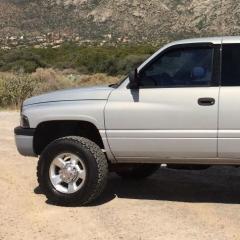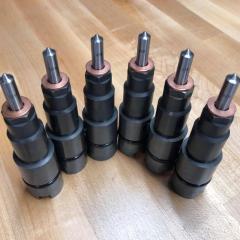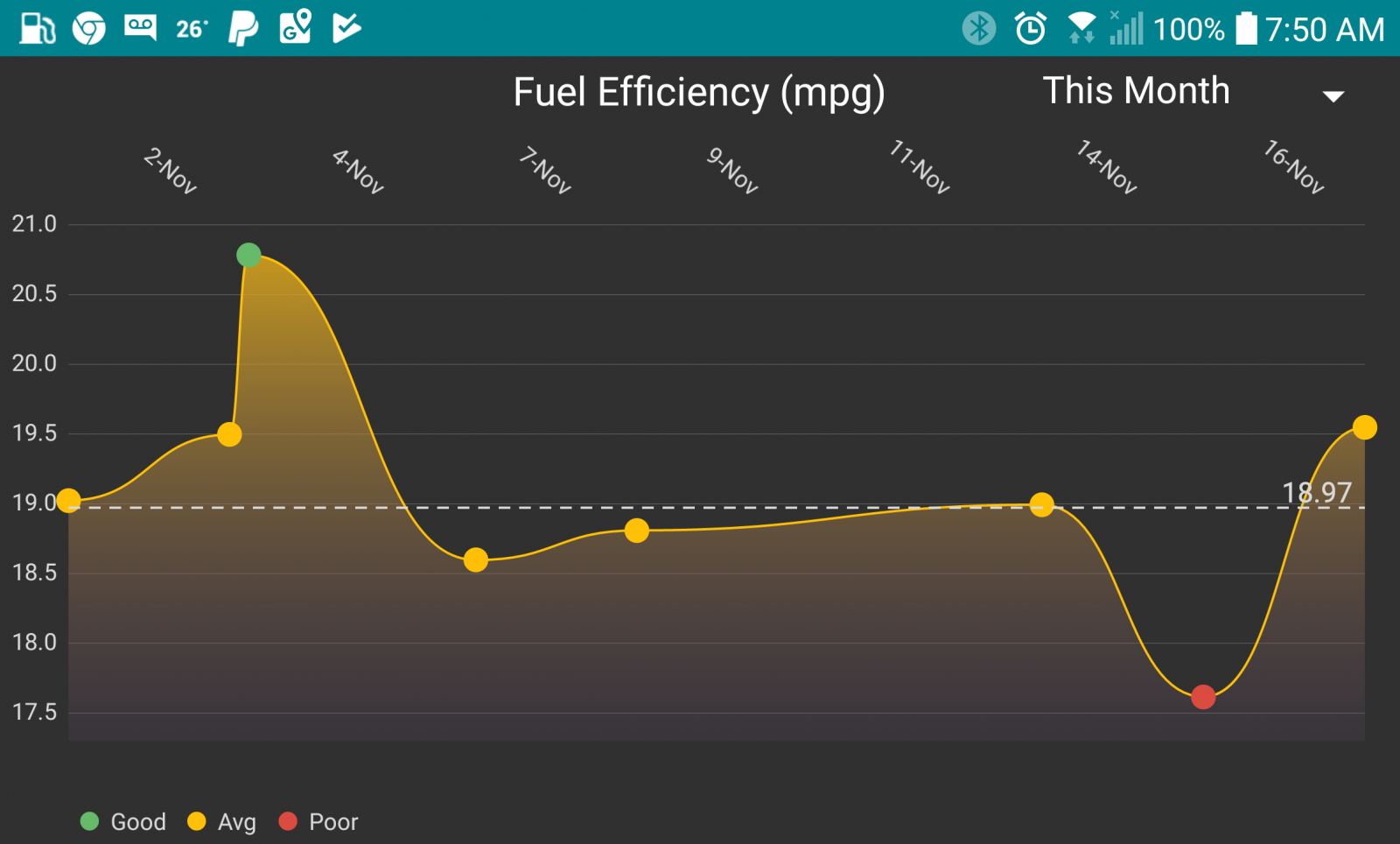- Replies 25
- Views 4.8k
- Created
- Last Reply
Top Posters In This Topic
-
AH64ID 7 posts
-
Mopar1973Man 6 posts
-
Unreal Summit 5 posts
-
BBHD 3 posts
Most Popular Posts
-
I dropped my timing 2.5* a few weeks ago after noticing a drop in MPG's.
-
Interesting. Looking forward to the results
-
I don't recall where I read it, but I did read that fuel that has the Cetane chemically altered doesn't have the BTU change, which does make sense. I've also read that many places now jus







The fuel I've been picking up finally went to winterized diesel and the cetane really jumped in the last few tanks. Found that you have to retard timing a wee bit to gain the edge again. A lot of people consider the air temp like I did too thinking cold air will take more timing to ignite the fuel. Actually the cetane has more weight that air temperature. Even though my morning run is at about +10°F my IAT is about 62°F. I tried advancing timing found the MPG dropped hard to 17.6 MPG. Now after retarding jumped back to 19.5 MPG.
This follows the same rules that the MPG of the Mopar1973Man High Idle. Just I'm programming a tune to take advantage optimal timing. Still the MPG switch helps for during your warm up mode till the Quadzilla goes into full run mode.